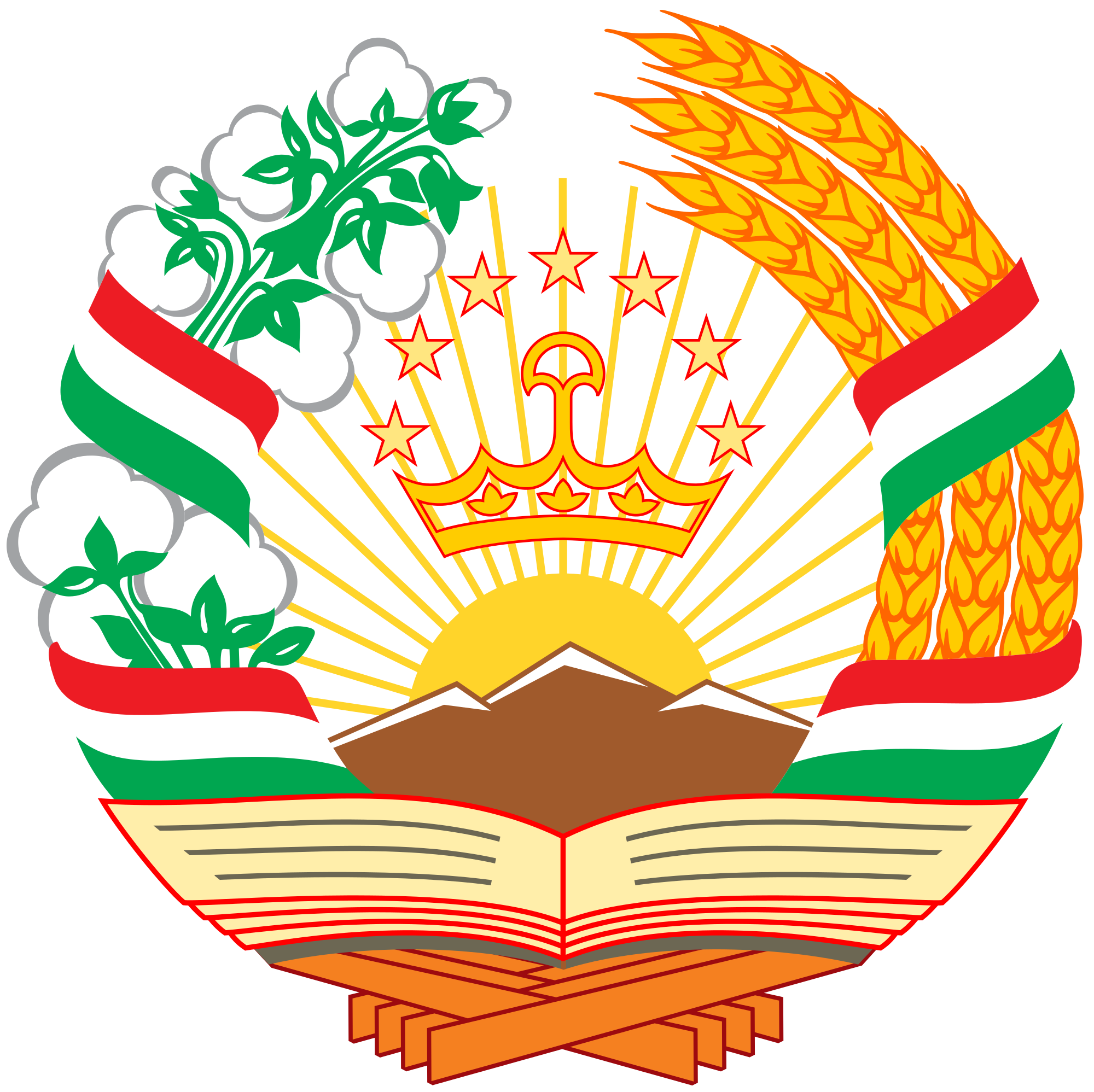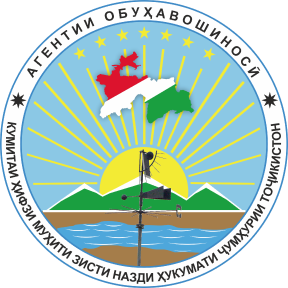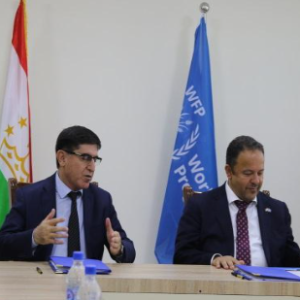International Cooperation
Conventions
United Nations Framework Convention on Climate Change
In the Republic of Tajikistan, the Agency for Hydrometeorology and the Committee for Environmental Protection under the Government of the Republic of Tajikistan coordinate their activities on climate change at the national level.
The global community recognizes the challenges of climate change and the need to act in a coordinated and global manner. The most important step in this direction was the adoption of the United Nations Framework Convention on Climate Change and the Kyoto Protocol. So far, more than 190 world states have joined the United Nations Framework Convention on Climate Change. The Republic of Tajikistan acceded to this Convention in 1998.
Kyoto Protocol to the United Nations Framework Convention on Climate Change
In 2008, Tajikistan signed and ratified the Kyoto Protocol.
On February 16, 2005, the Kyoto Protocol, an additional document to the UN Framework Convention on Climate Change, came into force. The document entered into force a year after it was ratified by countries whose total quota for greenhouse gas emissions exceeds 55% (as of 1990). The countries that signed the protocol agreed on the need to reduce greenhouse gas emissions that cause global warming.
The Kyoto Protocol is an international treaty signed to reduce greenhouse gas emissions into the Earth's atmosphere to counteract global warming. It obliges member states to reduce greenhouse gas emissions, based on the scientific consensus that global warming is occurring and is highly likely to be caused predominantly by anthropogenic CO2 emissions.
The Kyoto Protocol was adopted in Kyoto (Japan) on December 11, 1997 and entered into force on February 16, 2005. At present, more than 19 countries of the world have acceded to the Protocol.
It should be noted that the National Action Plan (NAP) of the Republic of Tajikistan on climate change mitigation, approved by the Decree of the Government of the Republic of Tajikistan dated June 6, 2003, indicated the need and expediency of adopting the Kyoto Protocol. Tajikistan is consistently pursuing a policy of strengthening treaty relations within the UN system. From this point of view, the ratification of the Kyoto Protocol, as one of the mechanisms for implementing the UN Framework Convention on Climate Change, was considered a significant step towards supporting UN activities in the field of combating climate change. The Center for the Study of Climate Change of the Agency for Hydrometeorology prepared and submitted to the Government of the Republic of Tajikistan the necessary documents for the ratification of the Kyoto Protocol. To raise awareness, seminars and trainings were held on the Kyoto Protocol, and a guide by Professor A. Kayumov was published and distributed among interested parties: “The Kyoto Protocol to the UN Framework Convention on Climate Change: Reality and Prospects for Tajikistan”.
Despite the fact that Tajikistan, according to the International Energy Agency in 2010, ranked 135th in terms of carbon dioxide (CO2) emissions, nevertheless, in the process of developing its economy, in particular in the implementation of economic projects, it pays close attention to the problems of emissions greenhouse gases.
Speaking at the 21st Conference of the Parties to the United Nations Framework Convention on Climate Change (COP21), which was held at the Paris-Le Bourget International Air Show (France) from November 30 to December 12, 2015, the President of Tajikistan, Leader of the Nation Emomali Rahmon stated the following: “Despite the fact that the share of the Republic of Tajikistan in the volume of global emissions of greenhouse gases into the atmosphere is negligible, nevertheless, it is one of the vulnerable countries in the process of climate change. Today, the main sectors of the Tajik economy are facing negative consequences associated with climate change. Our country, 93 percent of whose territory is mountainous, is one of the main sources of water resources in Central Asia. At the same time, 60 percent of the region's water resources originate in the glaciers of Tajikistan.”








